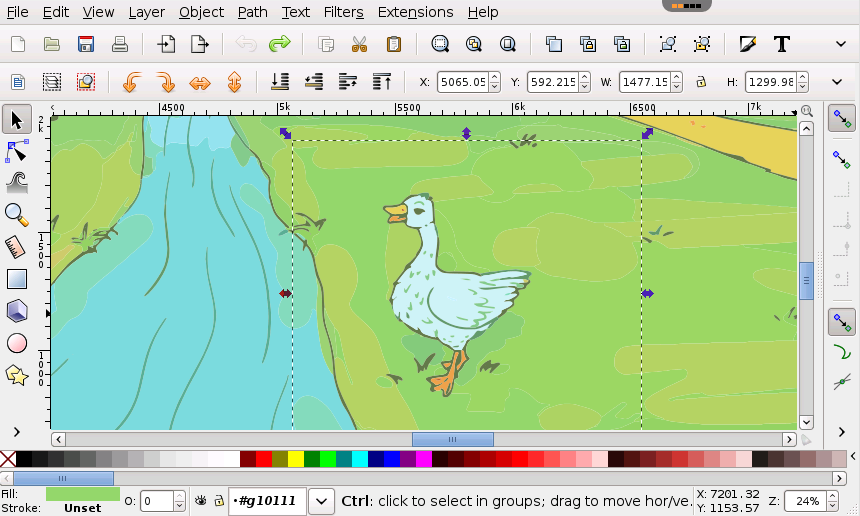

Unfortunately, there’s no way to adjust the threshold of the filter, but this can still be handy for a quick touch-up. To sharpen your image in Inkscape, simply navigate to Filters > Image Effects > Sharpen. To apply a blur, open the Fill & Stroke menu by pressing Control + Shift + A on your keyboard, and from there you can use the Blur slider to apply a Gaussian blur to your liking. Sharpen & BlurĪnother common edit you may like to apply to your photos once in a while is to apply a blur, or maybe sharpen your image. From there, you will have a wide array of raster effects that you can use to edit your photos in Inkscape. Speaking of color adjustments, Inkscape also allows you to make some more advanced color corrections, such as…Īll you have to do to access these settings is navigate to Extensions > Raster. In fact, the Filters menu has lots of interesting and unique effects that can be applied to your images, so be sure to browse through there and experiment.

You can also make your image black and white (or grayscale) by navigating to Filters > Color > Grayscale, and from there you can adjust the RGB values to your liking.

Inkscape also allows you to make some common color adjustments to your photos.įor example, you can invert the colors of an image by selecting it and navigating to Filters > Colors > Invert. I have a tutorial for this here if you want a more in-depth explanation. Opacity masks are also known as layer masks in other applications. The black areas create transparency in the photo, whereas the white areas remain opaque. Layer masking is somewhat of an advanced topic, but the gist of it is that you create an object with a black and white gradient, and then apply it over your image as a mask. This can be really useful when designing things like headers and posters, where you need to incorporate imagery with text and other vector elements. This makes it so that one side of an image is visible, but gradually tapers off to transparency. You can also give a photo partial transparency (or a gradient to transparency) by using layer masks. From there, grab the Opacity slider and adjust it to your liking. You can change the overall opacity of an image by selecting it and opening the Fill & Stroke menu. Opacity AdjustmentsĪnother way that you can edit photos in Inkscape is by adjusting their opacity, and Inkscape allows you to change opacity values in a variety of different ways. Then, from there, you can create a clipping path from it by selecting both objects and navigating to Object > Clip > Set. These extractions can be made by simply grabbing Bezier Pen and manually drawing a path around the subject you’d like to extract. This allows you to do all kinds of unique things, like create a photo pop-out effect, or remove a background from an image. Not only can clipping paths be used to crop photos in Inkscape, but they can also be used to extract subjects from photos.


 0 kommentar(er)
0 kommentar(er)
